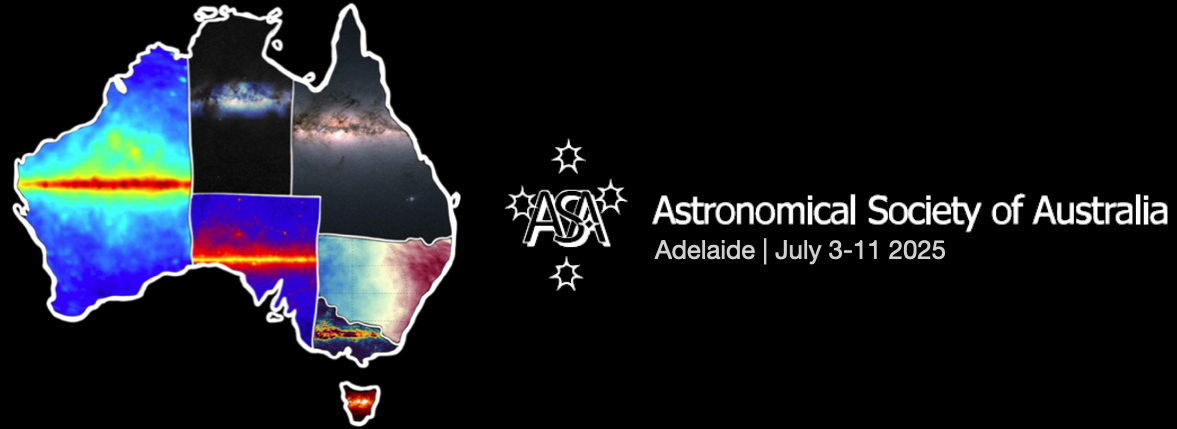Speaker
Description
Accurate measurements of halo masses for galaxy groups are essential for understanding the connection between dark matter and baryons. We present two newly developed methods for improving halo mass estimates, calibrated using semi-analytical simulations. Relations are first calibrated against SHARK v2.0, and cross-validated with the independent SAGE model to assess sensitivity to underlying physical prescriptions. The first method establishes a baryon–halo mass relation, closely anchored to the cosmological framework of the simulations. Although residual model-to-model variation remains, it is significantly reduced compared to current observational techniques, providing robust mass estimates for a wide range of applications, excluding those requiring unbiased halo mass functions. The second method adopts a minimally model-informed approach, treating galaxies as test particles within their groups. It leverages the velocity dispersion and maximum projected separation of member galaxies, introducing a calibrated scale factor that evolves with the reliability of these measurements. This approach is particularly suited for low-multiplicity groups where traditional estimates are less stable. While the first method achieves higher precision, the second offers a pathway to recover statistical halo mass distributions independently of specific simulation outputs. Together, these techniques open new avenues for tracing the dark matter–baryon interplay in the group regime with greater fidelity, particularly targeting the low-mass, low-multiplicity halos where mass estimates remain challenging, and enabling robust measurements to extend into a lower halo mass range than previously accessible.

